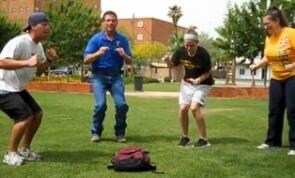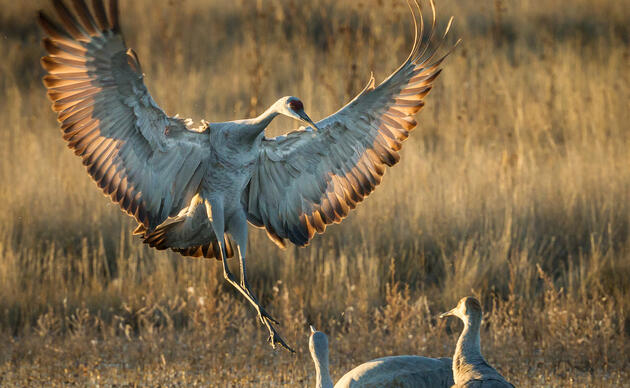v\:* {behavior:url(#default#VML);} o\:* {behavior:url(#default#VML);} w\:* {behavior:url(#default#VML);} .shape {behavior:url(#default#VML);}
Normal 0 false false false false EN-US X-NONE X-NONE /* Style Definitions */ table.MsoNormalTable {mso-style-name:"Table Normal"; mso-tstyle-rowband-size:0; mso-tstyle-colband-size:0; mso-style-noshow:yes; mso-style-priority:99; mso-style-parent:""; mso-padding-alt:0in 5.4pt 0in 5.4pt; mso-para-margin-top:0in; mso-para-margin-right:0in; mso-para-margin-bottom:10.0pt; mso-para-margin-left:0in; line-height:115%; mso-pagination:widow-orphan; font-size:11.0pt; font-family:"Calibri","sans-serif"; mso-ascii-font-family:Calibri; mso-ascii-theme-font:minor-latin; mso-hansi-font-family:Calibri; mso-hansi-theme-font:minor-latin;} table.MsoTableGrid {mso-style-name:"Table Grid"; mso-tstyle-rowband-size:0; mso-tstyle-colband-size:0; mso-style-priority:59; mso-style-unhide:no; border:solid windowtext 1.0pt; mso-border-alt:solid windowtext .5pt; mso-padding-alt:0in 5.4pt 0in 5.4pt; mso-border-insideh:.5pt solid windowtext; mso-border-insidev:.5pt solid windowtext; mso-para-margin:0in; mso-para-margin-bottom:.0001pt; mso-pagination:widow-orphan; font-size:11.0pt; font-family:"Calibri","sans-serif"; mso-ascii-font-family:Calibri; mso-ascii-theme-font:minor-latin; mso-hansi-font-family:Calibri; mso-hansi-theme-font:minor-latin;}
Do you know what is special about a hummingbird’s…
Beak?
Hummingbirds use their beak to drink nectar, catch flying insects, feed their babies, build nests, and preen their feathers. It’s special because it’s longer in proportion to their body than other birds’ so they can reach down into long tube shaped flowers to lick up the nectar with their long tongue.
Shoulders?
Hummingbirds’ shoulders allow their wings to rotate 180 degrees so that they can move their wings in a figure-eight pattern. This also lets them twist their wings, creating lift both on the upstroke and the downstroke. Because of this, hummingbirds are the only birds capable of hovering in the air.
Wings?
Hummingbirds’ wings allow them to fly forward, backward, hover, and fly upside down. Hummingbird wings beat 70 times per second in normal flight and up to 200 times per second when diving. Rather than flap their wings, hummingbirds rotate them in a sideways figure-eight shape. They can fly at 25 to 30 miles per hour and dive at up to 60 miles per hour.
Tail?
A hummingbird’s tail helps the hummingbird steer, like a rudder. Male hummingbirds also use their tails to create loud fluttering sounds to attract females.
To play Beak, Shoulders, Wings, and Tail:
First, learn the motions:
|
Beak: Put your arms on top of each other in front of your face. |
Shoulders and Wings: These two go together. Use your arms to make the shape of a figure eight on its side. This is how hummingbirds flap their wings.
Tail: Bend your knees and shake your bottom.
Then you’ll sing, “My journey is 3,000 miles long. I’m tiny, beautiful and strong!”
To put it together, sing to the tune of “Head, Shoulders, Knees, and Toes while doing the motions:
Beak, Shoulders, Wings, and Tail, Wings and Tail
Beak, Shoulders, Wings, and Tail, Wings and Tail
My journey is 3,000 miles long. I’m tiny, beautiful and strong!
The Rio Salado Audubon Center’s Audubon at Home website is the result of a partnership between the City of Phoenix and Audubon Arizona as part of the U.S. Fish and Wildlife Service’s Urban Conservation Treaty for Migratory Birds.
Full funding for this program is supported by a Grant Agreement from the U.S. Department of the Interior, Fish and Wildlife Service. Mention of trade names or commercial products does not constitute their endorsement by the U.S. Government.
How you can help, right now
Join the Western Rivers Action Network
Join WRAN to receive action alerts about water issues, as well as issues that are affecting birds across the arid West.
Donate
Help secure the future for birds at risk from climate change, habitat loss, and other threats. Your support will power our science, education, advocacy and on-the-ground conservation efforts.
Nina Mason Pulliam Rio Salado Audubon Center
Visit the Nina Mason Pulliam Rio Salado Audubon Center in Phoenix, Arizona.





